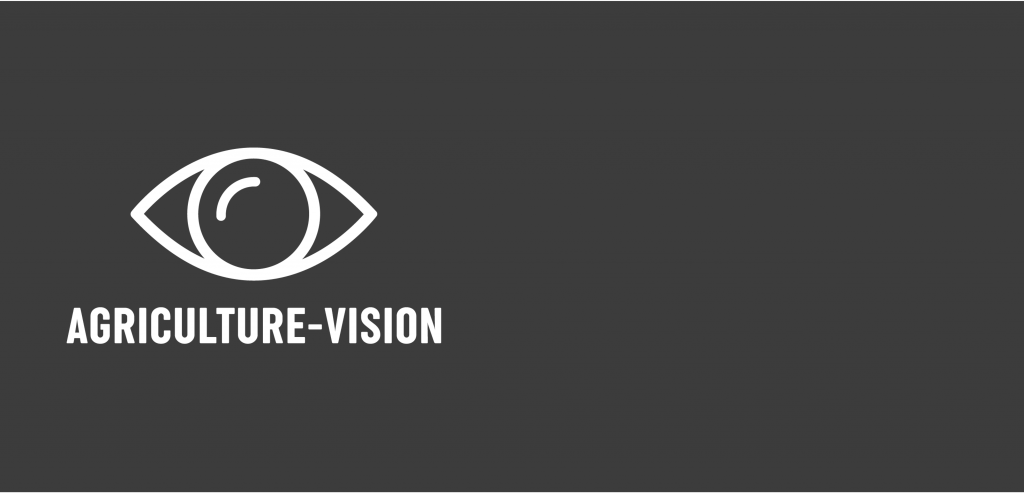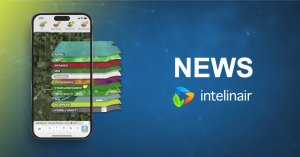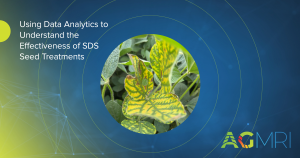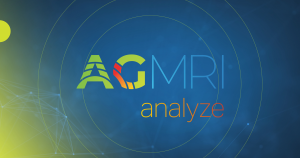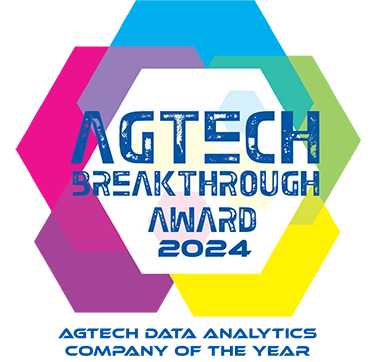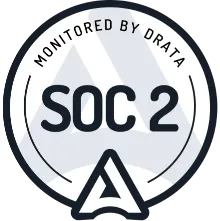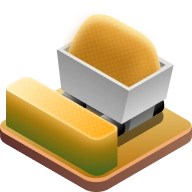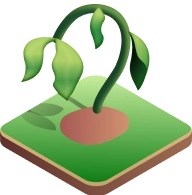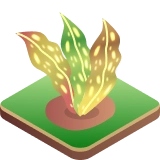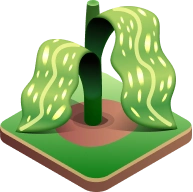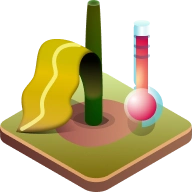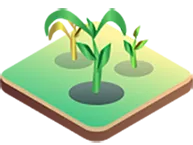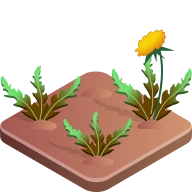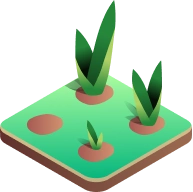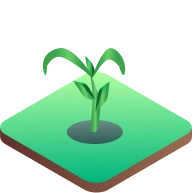Researchers interested in publishing materials, prize money encouraged to apply
Indianapolis – February 3, 2022 – The 3rd International Agriculture-Vision Workshop and Prize Challenge has opened its call for papers for 2022. The workshop, held annually at CVPR, features an international lineup of speakers and panelists, but also provides two visibility opportunities through a call for papers and a prize challenge. All accepted full-length papers will be published as part of the IEEE CVPR 2022 Workshop Proceedings.
“Paper submissions undergo a double-blind review by researchers in the field, providing top papers with the opportunity to publish and present their research via poster format or orally,” says Jennifer Hobbs, PhD, Intelinair’s Director of Machine Learning and organizer of the Agriculture-Vision Consortium for 2022. “In addition to the call for papers, we also have a two-track challenge opportunity for participants to take home prize money.”
Call for Papers
Paper submissions are open to a wide range of topics in the computer vision space, from pattern recognition to transfer learning and domain adaptation. Those interested in submitting full-length papers must do so by March 9, 2022. The call for short, non-proceedings papers will have a deadline in May.
Prize Challenge
This year’s prize challenge offers two tracks for interested participants to earn prize money:
- Agriculture-Vision: a multi-class semantic segmentation model using high-resolution aerial imagery to identify key agronomic patterns or interest. AND,
- CropHarvest: a global remote sensing dataset from a variety of agricultural land use datasets and remote sensing products.
The prize challenge is currently open and runs through the beginning of June.
Additional information on paper guidelines and the prize challenge can be found on agriculture-vision.com.
“Technology can provide useful tools to help address the world’s food problem,” says Ranveer Chandra, CTO in Agri-Food for Microsoft and member of the workshop organizing committee. “This workshop showcases innovations in Computer Vision and AI and brings together the right stakeholders who can help us create the needed breakthroughs in this space.”
Other members of the 2022 organizing committee include Humphrey Shi (University of Oregon, Picsart); Naira Hovakimyan (Intelinair co-founder, University of Illinois Urbana-Champaign); Hanna Kerner (University of Maryland, NASA Harvest); Melba Crawford and Edward Delp (Purdue University); and Kai Wang and Najmul Hassan (University of Oregon).
To learn more about Agriculture-Visio, regularly check agriculture-vision.com for updates or connect with one of the organizers on LinkedIn.
Download the pdf of the release here.

